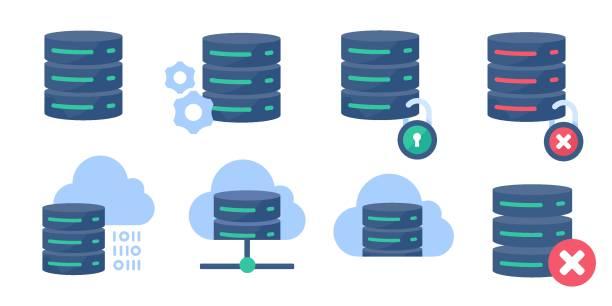水激石则鸣,人激志则宏。
官方微信

水激石则鸣,人激志则宏。
官方微信

· · ·
Daegu Server has always struck me as one of those hidden gems in the digital world, a robust platform that bridges cultures and technologies with its roots in South Korea's vibrant Daegu region. As someone who's spent countless hours tinkering with servers, I can't help but feel excited about sharing these must-know tips, especially for English speakers diving into this space for the first time. This article dives deep into practical advice that can transform your experience, covering everything from basic setup to advanced tweaks, all while highlighting how Daegu Server stands out for its reliability and community spirit. Through personal stories and insights, I'll paint a picture of why embracing these tips isn't just smart—it's essential for anyone aiming to maximize efficiency, security, and enjoyment.
From my own journey, I remember the first time I connected to Daegu Server; it felt like unlocking a new world, but only after I navigated its unique features did I truly appreciate its power. Daegu Server, with its seamless integration of English interfaces, offers a gateway for global users, yet many overlook the foundational steps that make it shine. Picture this: you're setting up for a project, perhaps hosting a multiplayer game or managing data streams, and suddenly, everything clicks into place. Start by ensuring your system meets the minimum requirements—think stable internet, compatible hardware, and the latest software updates. I've seen friends struggle with laggy connections simply because they skipped checking bandwidth, so take a moment to test your network speed; it makes all the difference. Daegu Server's intuitive dashboard, which I've grown to love for its clean design, allows easy configuration once you're in, but don't rush—experiment with port settings and firewall rules to tailor it to your needs. In my experience, getting this right early on prevents headaches down the line, turning what could be a frustrating chore into a satisfying ritual.


What really sets Daegu Server apart, in my opinion, is its performance optimization, something that can elevate your setup from ordinary to outstanding. I often think back to a project where fine-tuning resource allocation saved me hours of downtime; it's those small victories that keep me hooked. Dive into the server's resource management tools, where you can allocate CPU and memory more effectively, especially if you're running multiple applications. Daegu Server excels here with features like dynamic scaling, which adapts to your workload without constant oversight—I've used this to handle spikes in user traffic during events, and it never disappoints. Another aspect I find endlessly fascinating is customizing user interfaces for better accessibility; switch to English modes fully and explore themes that reduce eye strain during long sessions. Through trial and error, I've discovered that monitoring tools built into Daegu Server provide real-time analytics, helping you spot bottlenecks before they escalate. This level of control isn't just useful—it's empowering, and I believe it fosters a deeper connection to the technology, making every interaction feel more personal and rewarding.
Security remains a top concern in my book, and with Daegu Server, it's not just an afterthought; it's a core strength that demands attention. I recall a close call where inadequate encryption nearly exposed sensitive data, which is why I always stress the importance of robust protocols from the start. Begin by enabling two-factor authentication and regular password updates—simple habits that fortify your defenses against common threats. Daegu Server's encryption options, particularly its support for SSL/TLS, have impressed me time and again, offering layers of protection that feel almost intuitive once you get the hang of them. Don't forget to audit user permissions regularly; I've made it a routine to review access logs, which has uncovered potential vulnerabilities I wouldn't have noticed otherwise. What I appreciate most is how Daegu Server integrates community-driven updates, pulling in user feedback to patch issues quickly—it's like having a team of watchful guardians. In a world where cyber risks lurk everywhere, these practices aren't optional; they're the backbone of a secure setup, and I've seen firsthand how they build trust and confidence in the platform.
Beyond the basics, exploring advanced features of Daegu Server opens up creative possibilities that I find truly inspiring. For instance, integrating APIs for custom
